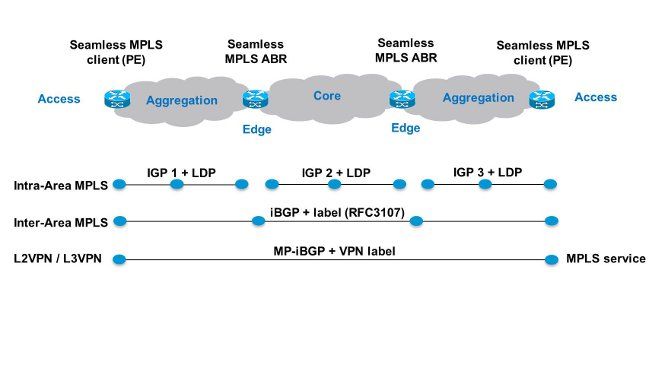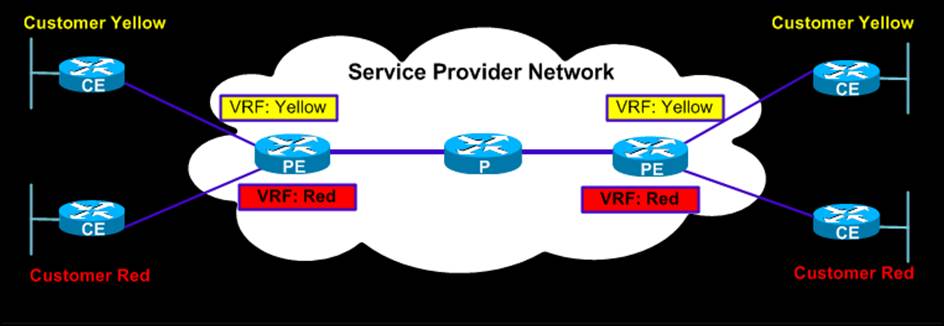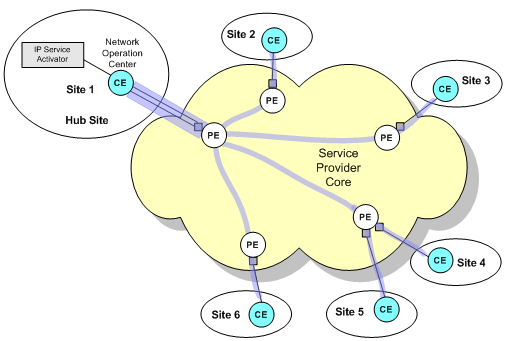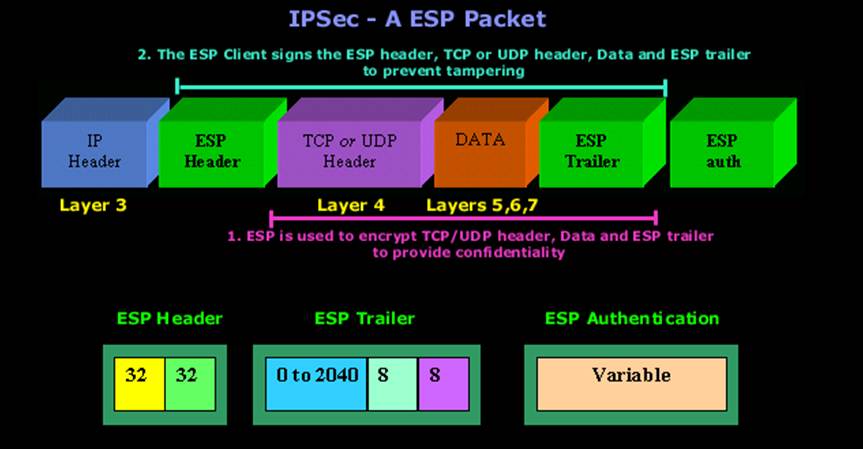Typical Mpls Network Diagram

Use this procedure in order to enable ip cef.
Typical mpls network diagram. In this type of vpn mpls is used to tunnel layer 2 data such as ethernet frames or atm cells across a network of mpls enabled routers. In the traditional osi model. Multiprotocol label switching mpls is a routing technique in telecommunications networks that directs data from one node to the next based on short path labels rather than long network addresses thus avoiding complex lookups in a routing table and speeding traffic flows. The typical response for the need for more capacity in tdm networks has been to add additional point to point capacity.
A network diagram showing mpls diagram. Complete these steps on the pes after mpls has been set up configuring tag switching ip on the interfaces. You can edit this network diagram using creately diagramming tool and include in your report presentation website. Wan multi protocol network diagram.
Configuration procedures enabling ip cef. When an end user sends traffic into the mpls network an mpls label is added by an ingress mpls router that sits on the network edge. Layer 2 covers protocols like ethernet and sonet which can carry ip packets but only over simple lans or point to point wans. Our scenario shows an enterprise company that is leveraging an mpls provider to interconnect three geographically dispersed locations.
The simplest form of mpls vpn to understand is a layer 2 vpn. This gallery contains network diagrams for wireless wired and hybrid home networks. This document uses this network setup. 6 mpls is best summarized as a layer 2 5 networking protocol.
This set up allows a network to handle traffic smarter with per determined routing paths that can increase performance for critical traffic. The labels identify virtual links paths between distant nodes rather than endpoints. For improved performance use ip cef distributed where available. To help with that were going to use a common enterprise mpls deployment architecture using the network diagram shown above.
This network diagram example shows a wide area network wan with multi protocol label switching or mpls. Each network diagram includes a description of the pros and cons of that particular layout as well as tips for building it. The mpls label consists of four sub parts. Many home network layouts work fine but most are variations on a basic set of common designs.
These two diagrams from juniper networks show top a traditional tdm radio access network and bottom an mpls based radio access network. However the evolution toward mpls within telecom networks offers an opportunity for aggregation and a flatter all ip infrastructure.






































